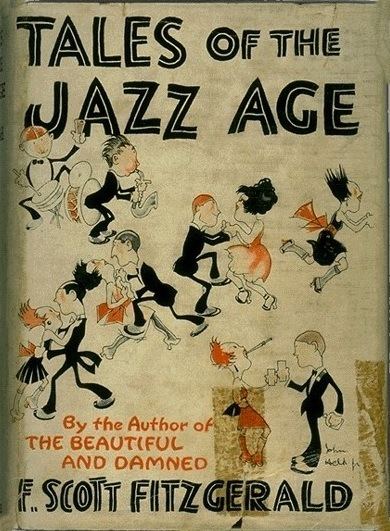 | ||
See also | ||
This is a timeline documenting events of Jazz in the year 1922.
Contents
Musicians born that year included Carmen McRae and Charles Mingus.
Jazz scene
In 1922, the jazz age was well underway. Chicago and New York City were becoming the most important centres for jazz, and jazz was becoming very profitable for jazz managers such as Paul Whiteman who by 1922 managed some 28 different jazz ensembles on the east coast, earning over a $1,000,000 in 1922.
Despite its popularity, as a form of music Jazz was still not appreciated by many critics, including Anne Faulkner who passed off jazz as "a destructive dissonance", asking if the music "put the sin in syncopation"and Henry van Dyke who described jazz as "an unmitigated cacophony, a species of music invented by demons for the torture of imbeciles.
Chicago in 1922 in particular was attracting bands such as Joe "King" Oliver's Creole Jazz Band at the Lincoln Gardens, joined by Louis Armstrong on August 8, 1922, and the Austin High Gang featuring Frank Teschemacher (clarinet), Jimmy McPartland (cornet), Richard McPartland (guitar and banjo) and Lawrence "Bud" Freeman (saxophone) who began playing at the Friar's Inn in Chicago. Meanwhile, on the New York scene, Duke Ellington arrived in New York City with Sonny Greer and banjo player Elmer Snowden and met his idol James P. Johnson, Fats Waller who had begun to make a name for himself with his piano rolls and Willie "The Lion" Smith.Coleman Hawkins, already well noted for his high level of profiency joined Mamie Smith's Jazz Hounds and were later hired in New York by Fletcher Henderson.
Jazz began to emerge in the Soviet Union with the "First Eccentric Orchestra of the Russian Federated Socialist Republic - Valentin Parnakh's Jazz Band ".
